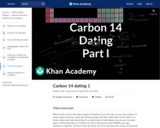
Introduction to carbon 14 and using it to date fossils.
- Subject:
- Living Systems and Processes
- Science
- Material Type:
- Lesson
- Provider:
- Khan Academy
- Provider Set:
- Khan Academy
- Author:
- Sal Khan
- Date Added:
- 12/03/2010

Introduction to carbon 14 and using it to date fossils.

This activity is designed to teach students how cladistics can be used as a tool to analyze evolutionary change and relationships among organisms. Sheets contained here should be copied and then modified as the instructor sees fit. Fasteners, rather than fossils, are used as the specimens.
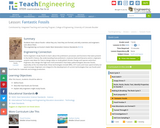
Students learn about fossils what they are, how they are formed, and why scientists and engineers care about them.
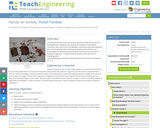
To understand how fossils are formed, students model the process of fossilization by making fossils using small toy figures and melted chocolate. They extend their knowledge to the many ways that engineers aid in the study of fossils, including the development of tools and technologies for determining the physical and chemical properties of fossilized organisms, and how those properties tell a story of our changing world.

This activity is an observational activity where students observe differnt fossils and predict what they are seeing and how old it might be.
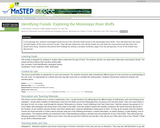
This activity is a geology lab where students learn about fossils found in sedimentary rocks and show their understanding by writing a literary nonfiction paper from the perspective of one of those fossils.

By presenting the students with fossils and other earth materials and giving clues as to their origin, they will be able to identify the fossils and materials and be able to form a hypothesis as to how they were formed and what it was before preservation.
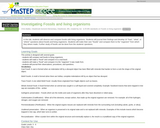
In this lab, students will observe and compare fossils with living organisms.
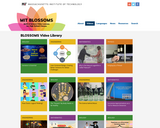
This lesson uses the fundamentals of protein synthesis as a context for investigating the closest living relative to Tyrannosaurus rex and evaluating whether or not paleontologist and dinosaur expert, Jack Horner, will be able to "create" live dinosaurs in the lab. The first objective is for students to be able to access and properly utilize the NIH's protein sequence database to perform a BLAST, using biochemical evidence to determine T rex's closest living relative. The second objective is for students to be able to explain and evaluate Jack Horner's plans for creating live dinosaurs in the lab. The main prerequisite for the lesson is a basic understanding of protein synthesis, or the flow of information in the cell from DNA to RNA during transcription and then from RNA to protein during translation

This article highlights children's literature about fossils, dinosaurs, archaeology, and paleontology for use in the elementary classroom.
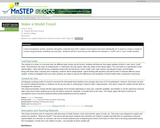
This activity is a combination outdoor/indoor lab where students will collect natural materials from the environment and use them to create both a mold and cast model of a fossil. Students will learn how a fossil is formed and why scientists use models to help them understand how things work and develop.
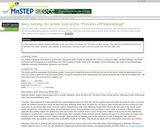
This lesson is a classroom activity where students learn about paleontologist Mary Anning, briefly learn about sedimentary rock, and complete observation drawings of Platteville Limestone fossils.

This article provides links to interactive web sites and lesson plans for teaching about paleontology, dinosaurs, and archaeology in the elementary classroom.